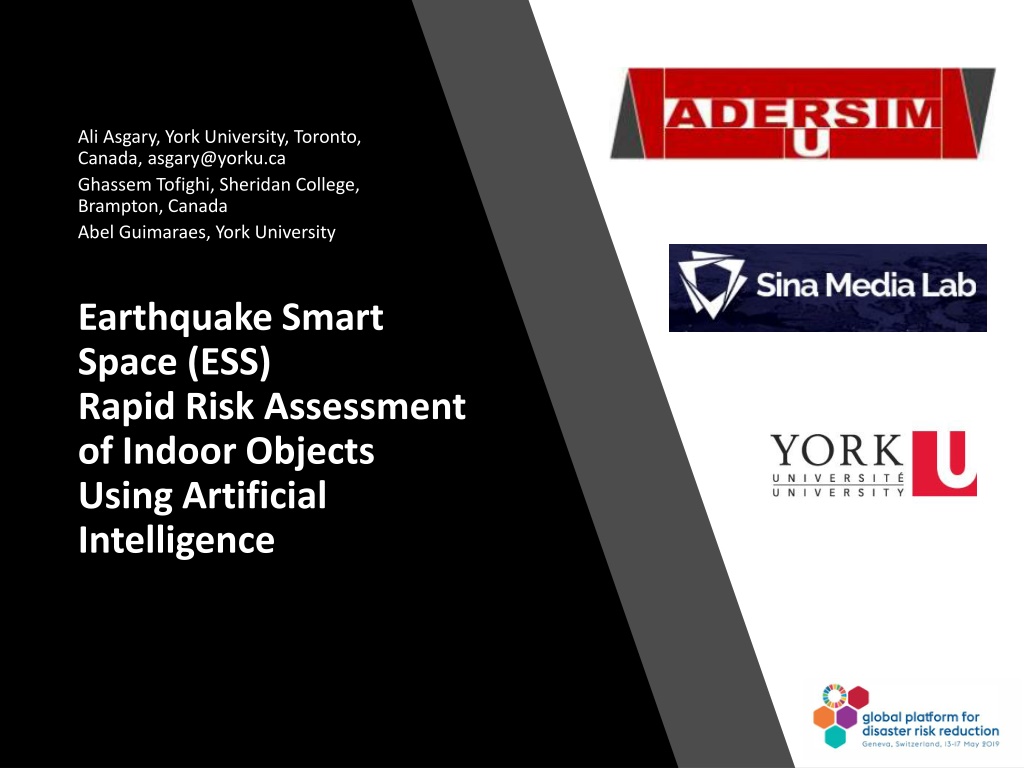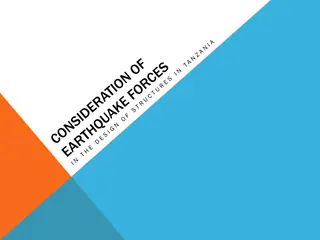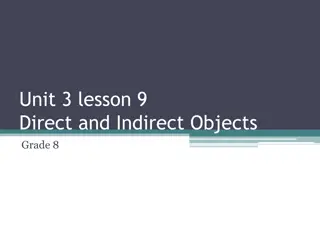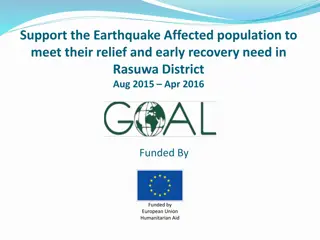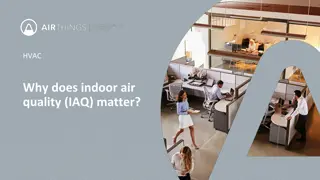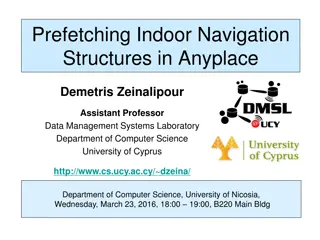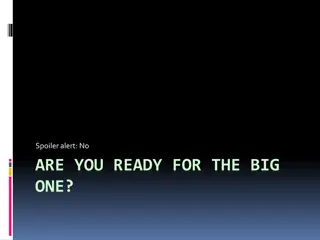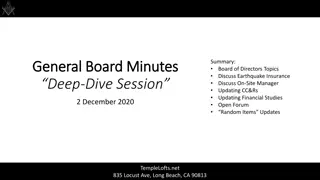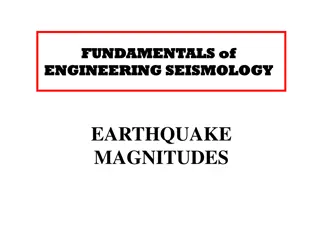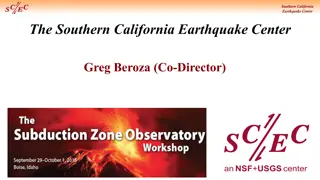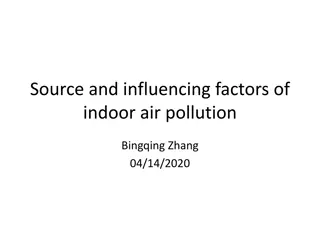Understanding Earthquake Impacts on Indoor Objects
Explore the relationship between earthquakes and indoor objects, including risks, behaviors, and protective measures. Learn about the impact of earthquakes on buildings and objects within them, as well as human behavior during seismic events. Discover the importance of rapid risk assessment using artificial intelligence and the recommended protective actions to mitigate potential damage and injuries.
Download Presentation

Please find below an Image/Link to download the presentation.
The content on the website is provided AS IS for your information and personal use only. It may not be sold, licensed, or shared on other websites without obtaining consent from the author. Download presentation by click this link. If you encounter any issues during the download, it is possible that the publisher has removed the file from their server.
E N D
Presentation Transcript
Ali Asgary, York University, Toronto, Canada, asgary@yorku.ca Ghassem Tofighi, Sheridan College, Brampton, Canada Abel Guimaraes, York University Earthquake Smart Space (ESS) Rapid Risk Assessment of Indoor Objects Using Artificial Intelligence Image result for adersim
DAVID BRESSAN, FORBES Global earthquakes events in 2018 Annually more than 500,000 earthquakes occur around the globe.
During 2000 to 2015 more than 575575 people were killed Global earthquake deaths by earthquakes, 2000-2015
Earthquake Injuries Earthquakes estimated to have an overall average death to injury ratio of 1:3 4 (Alexander, 1983; Bartholdson and von Schreeb, 2018)
Related image falling and moving non-structural components, are among the major causes of earthquake deaths and injuries
Earthquakes & Indoor Objects The extent of fall, move, and spread of objects during the earthquakes depends on 1) Earthquake attributes, 2) Building attributes, 3) Objects characteristics Earthquake may cause indoor objects to: 1) Fall and overturn 2) Move and slide 3) Break and spread 4) Create secondary hazards
Human behavior during the earthquakes There is a close link between the building contents and non structural elements and human behavior and actions during the earthquakes.
Most Common recommended protective actions during earthquakes Drop, Cover, and Hold On This can be implemented if: Such covering objects exist in the space Access to them is not restricted by the falling, moving, and spreading objects.
Earthquake Smart Space App 1. Detecting objects 2. Calculating risks
Earthquake Smart Space Risk Assessment Method Risk for each detected object = risk of falling + risk of moving + risk of spreading & breaking Risk = Probability (i.e. falling) * Impact (i.e. falling that depends on size, weight, and location of the object)
ESS on the Cloud Test Image 1 Test image 2 Test image 3
Advanced disaster, emergency, and rapid-response Simulation Thank you very much Ali Asgary, Associate Professor, Disaster & Emergency Management & executive Director, ADERSIM, York University, Toronto, Canada, asgary@yorku.ca Ghassem Tofighi, Professor, School of Applied Computing, Sheridan College, Oakville, Canada, tofighi@gmail.com Abel Guimaraes, Senior Developer, ADERSIM, York University, abelguima@gmail.com Image result for adersim https://earthquakesmartspace.org)
